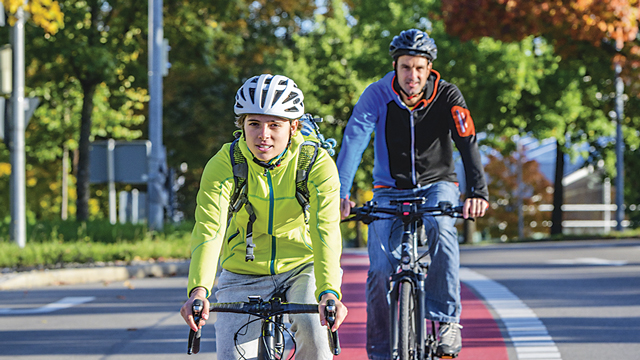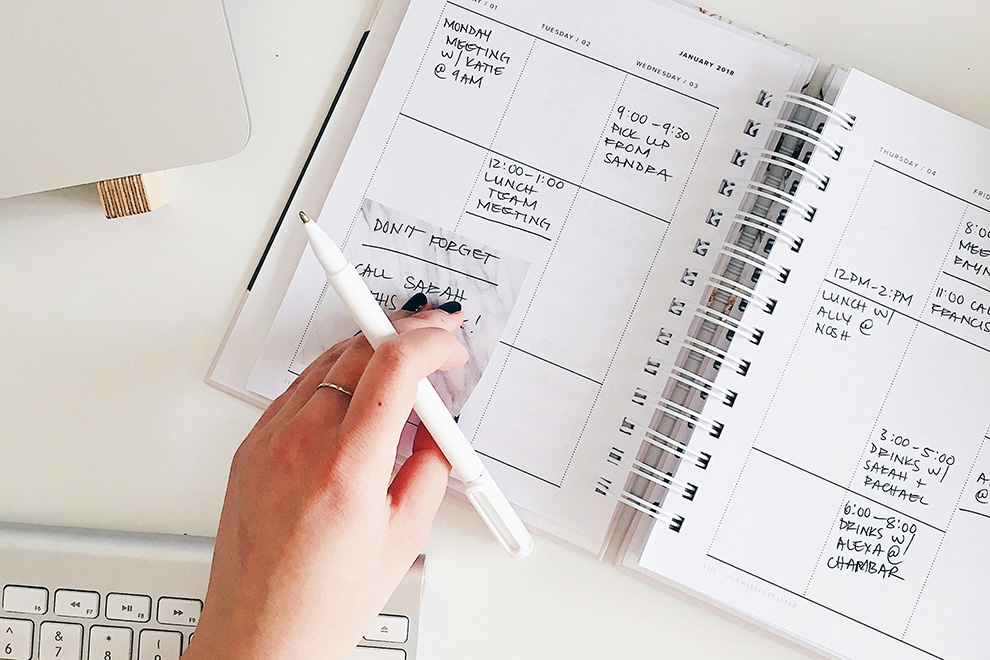Along with the sounds of birds chirping, the clicking of bicycle gears could go down in history as the natural soundtrack of the COVID-19 pandemic. Whether it meant blowing the dust off the old bike in the garage or making an online purchase and a curbside pickup, many families embraced two-wheel travel as they followed guidelines to stay closer to home over the past months. Cycling is the original social distancing activity, even if you’re riding in a group.
During the early stage of quarantine, cyclists found plenty of open lanes on area roads as cars remained idle when telecommuting became the norm. That gave some riders a false sense of security, and put them at risk for being seriously hurt.
According to DMV, crashes across Virginia involving vehicles dropped 78 percent between late March and late April. During that same time period, crashes involving bicycles only dropped by 31 percent. Looking at the last year of full statistics, there were 633 crashes involving bicyclists in Virginia in 2018 (DMV). Nationally, there were 857 bicyclists killed in motor vehicle crashes that year, a more than 6 percent increase from the previous year, according to the National Highway Traffic Safety Administration (NHTSA).
Appreciating the freedom and physical exercise that cycling offers, many parents and kids are expected to continue pedaling post quarantine, and summertime is one of the best times of the year for riding. It’s never a bad time to review Virginia bike laws and basic safety tips to keep you and your family safe while cycling.
• Always wear a helmet. Wearing a properly fitted helmet can reduce your risk of serious injury by as much as 85 percent. Cyclists of all ages should always wear a helmet.
• Maintain your bike. Before riding, inflate tires properly and check that the brakes work and that your chain is not showing serious signs of wear.
• Make yourself visible. No matter the time of day, make yourself visible to others. Wear neon, fluorescent, or other bright colors, or use reflective tape when riding to be most easily seen. During low-light hours and at night, use bike lights. Remember, just because you can see a driver doesn’t mean the driver can see you.
• Obey traffic laws. A bicycle is a vehicle, and you’re the driver. When you ride in the street, obey all traffic signs, signals, and lane markings.
• Use verbal and non-verbal communication. This includes eye contact with drivers, turn signals, pointing to road hazards for bicyclists behind you, and stating “passing on your left,” or “on your left.” Your bike should be equipped with a bell or horn to alert other cyclists, pedestrians, and drivers of your presence.
• Be predictable. Ride in a straight line, not in and out of cars. Signal your moves to others.
• Look before turning. When turning left or right, always look behind you for a break in traffic, and then signal before making the turn. Watch for left- or right-turning traffic.
• Children should not ride alone. Children younger than ten are not able to make necessary safety decisions and should ride with an adult. Use safer routes such as sidewalks when available.
If they aren’t biking, many families turned to walking and urban/suburban hiking to relieve the cabin fever and to get some exercise. With more and more cars returning to the roads, walkers need to take precautions to stay safe.
• Walk on sidewalks whenever possible.
• If no sidewalk is available, you must walk on the left side of the road, facing traffic. It’s the law and it makes you much more visible to drivers.
• Cross at crosswalks. Keep to the right in the crosswalk.
• Look both ways before crossing the street.
• At signalized intersections, cross only on the proper signal.
• Avoid crossing the street between parked cars.
• Watch for cars. Be sure that the way is clear before you start crossing. Continue looking and checking while crossing.
• Never assume a driver sees you. Make eye contact with drivers as they approach you to make sure you are seen.
• Drivers must yield to pedestrians crossing the street at marked and unmarked intersections, but the pedestrian must either be within the crosswalk or affirmatively indicate an intent to cross.
• Wear or carry retro-reflective material or carry a flashlight at night to help drivers see you.
• Avoid distractions. Limit phone use, loud music, and other distractions while walking.
The easing of stay-at-home restrictions shouldn’t have to mean the end of cycling and walking for you and your family. Chesterfield’s Pocahontas State Park, Richmond’s Belle Isle, the James River Park System, and Henrico’s Four Mile Creek Park (along the Capital Trail) are all great places to burn off some energy and cover some ground safely on foot or on wheels.





